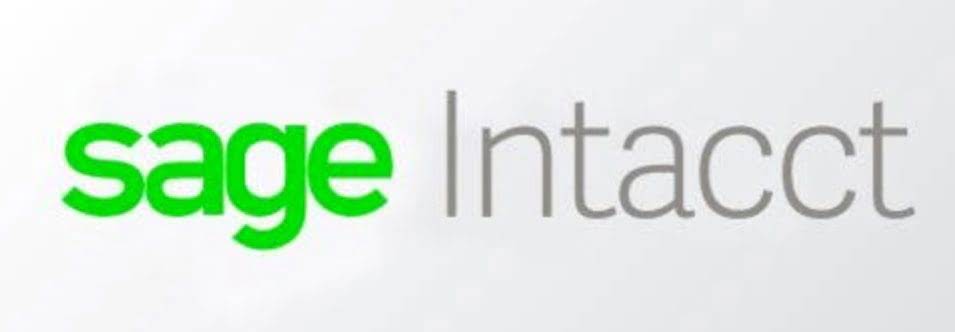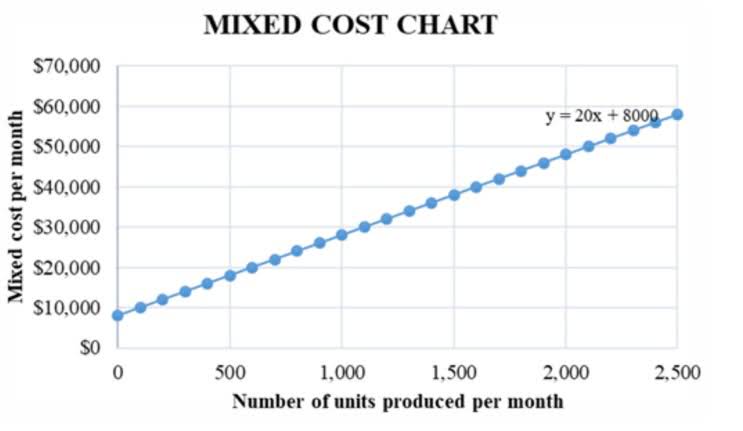
So, if they produce 1,000 chairs and have £50,000 in direct costs and £20,000 in overhead, each chair will include £70 in costs. This method helps the company keep track of all expenses accurately and set the correct prices for its chairs. Absorption Costing is a vital accounting method that administers all product manufacturing costs, helping businesses understand actual production costs. This blog delves into its calculation process, benefits, drawbacks, and real-world examples, offering insights to help you make informed financial decisions. The main idea and intention behind using such a absorption costing method for costing purpose is to imply that a product, when produced, absorbs both fixed and variable cost up to a certain extent. It does not depend on the fact that the unit of the product has been sold or it is still lying in the storage as inventory or finished product ready to be sold.
Absorption Costing Examples

Additionally, it is not helpful for analysis designed to improve operational and financial efficiency or for comparing product lines. Cost allocation Grocery Store Accounting in absorption costing means distributing costs evenly across all units produced. Also, the application of Absorption Costing in the production of additional units adds to the net profit of the company since there are no more fixed costs to be allocated.
Product Costs
This allows the company to establish competitive prices while ensuring profitability. Absorption costing ensures accurate inventory valuation, supports compliant financial reporting, and helps businesses price products to cover total production costs. This pricing strategy enables higher profitability by overproducing a product. Each extra unit produced costs less since the fixed overhead is applied to the total number of units produced. Profitability is increased when unsold items don’t result in the fixed overhead costs being added to expense reports.

Step 1: Calculation of full production costs per product
The absorption costing income statement distinguishes between variable and fixed costs, reflecting their impact on profitability. This statement is crucial for understanding the financial performance of products and the overall business. In the apparel industry, it is applied to determine the total cost of manufacturing clothing items. The costs of fabric, trims, labour, and both variable and fixed manufacturing expenses are allocated to each unit produced. This assists clothing manufacturers in setting competitive prices and optimizing their product mix.
Absorption Costing Vs. Variable Costing
Under absorption costing, companies treat all manufacturing costs, including both fixed and variable manufacturing costs, as product costs. Remember, total variable costs change proportionately with changes in total activity, while fixed costs do not change as activity levels change. These variable manufacturing costs are usually made up of direct materials, variable manufacturing overhead, and direct labor. absorption costing The product costs (or cost of goods sold) would include direct materials, direct labor and overhead. A manufacturing company produces various products, such as smartphones, tablets, and laptops. To determine the cost of each product accurately, absorption costing is used.
Apportionment of Fixed Manufacturing Overhead
Another drawback is that Absorption Costing can sometimes provide misleading insights into profitability. Because all costs are allocated to products, determining the true profitability of a product line can take time. This can lead to decisions that may be outside the business’s best interest, such as discontinuing a product that appears unprofitable but covers fixed costs. Finally, Absorption Costing provides a comprehensive approach to cost accounting by including all manufacturing costs. This ensures no cost is left out, providing a more accurate and complete picture of a company’s financial performance.


Indirect costs are typically allocated to products or services based on some measure of activity, such as the number of units produced or the number of direct labor hours required to produce the product. Examining examples of absorption costing helps illustrate how all manufacturing costs, both variable and fixed, are attributed to units produced. This comprehensive cost allocation provides a clearer financial picture of production expenses. Variable cost absorption considers only the variable production costs, such as direct materials, direct labor, and variable overhead.
- Absorption costing is viewed as the cornerstone of cost accounting in manufacturing businesses and plays a pivotal role in financial decision-making and performance evaluation.
- In the aerospace industry, it is applied to calculate the cost of manufacturing aircraft and spacecraft.
- In the apparel industry, it is applied to determine the total cost of manufacturing clothing items.
- When we prepare the income statement, we will use the multi-step income statement format.
- These include expenses like rent for the manufacturing facility, depreciation on machinery, and salaries of supervisors.
- These materials are essential in providing a tangible value to the finished goods.
- While both methods are used to calculate the cost of a product, they differ in the types of costs that are included and the purposes for which they are used.
Absorption Costing Complete Details: Meaning, Types & Formula

This may lead to exaggerating the actual manufacturing cost cash flow and requiring more data for an exhaustive study. Since this method shows lower product costs than the pricing offered in the contract, the order should be accepted. General or common overhead costs like rent, heating, electricity are incurred as a whole item by the company are called Fixed Manufacturing Overhead. Vaia is a globally recognized educational technology company, offering a holistic learning platform designed for students of all ages and educational levels. We offer an extensive library of learning materials, including interactive flashcards, comprehensive textbook solutions, and detailed explanations. The cutting-edge technology and tools we provide help students create their own learning materials.
- The Knowledge Academy offers various Management Courses, including the Costing and Pricing Training, Management Training for New Managers and the Introduction to Managing People Course.
- By incorporating all production expenses, It provides a comprehensive view of product costs, aiding businesses in making informed decisions.
- For instance, if a company is deciding whether to discontinue a product, variable costing allows management to focus solely on the costs directly impacted by the decision.
- These costs consist of direct materials, direct labor, variable overhead, and fixed overhead.
- Intelligent use of both methods can provide a comprehensive view of financial performance, enabling better strategic choices.
Understanding Absorption Costing: A Comprehensive Guide
The fixed costs of the operation of a business, such as salaries, facility rentals, and utility bills, are also included in absorption costing. A far more complete picture of the cost per unit of a product line can assist company management in determining better pricing and profitability. Pharmaceutical companies utilize it to calculate the cost of producing medications and drugs.